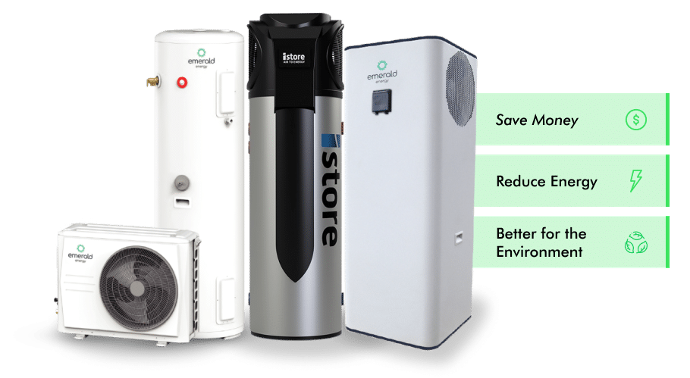
Heat Pumps
The heat pump upgrade initiative aims to enhance energy efficiency in both residential and commercial settings. This involves replacing traditional heating, cooling, and hot water systems with advanced heat pump technologies. By doing so, the program seeks to reduce energy consumption, lower utility costs, and contribute to environmental sustainability in both residential and commercial sectors. Participants in the upgrade may be eligible for incentives or benefits as they transition to these more efficient heat pump systems.
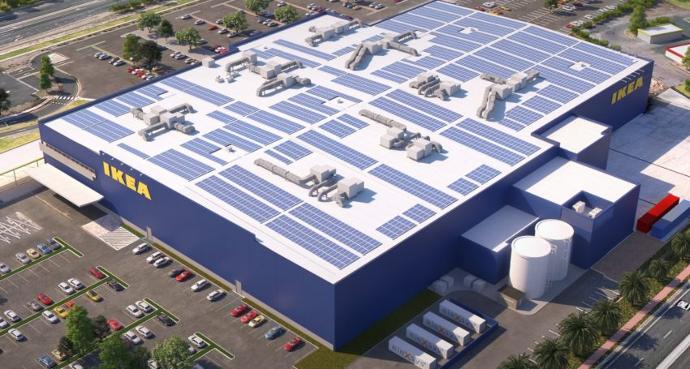
MicroGrid
A microgrid is a localized and autonomous energy system that integrates various distributed energy resources, such as renewable energy sources, energy storage, and sometimes conventional generators. Operating independently or in conjunction with the main power grid, a microgrid can supply electricity to a specific area or community. This technology enhances energy resilience, promotes sustainability, and allows for more efficient and reliable energy distribution, especially during power outages or in remote locations.
Apply Now

RDC Display Fridge
An energy-saving refrigerated display cabinet (RDC) is an innovative cooling solution designed to efficiently showcase and preserve perishable goods while minimizing energy consumption. This type of cabinet incorporates advanced technologies such as energy-efficient compressors, using LED lighting, and improved insulation to reduce power usage. By combining precise temperature control with sustainable features, these cabinets not only contribute to cost savings for businesses but also promote environmental sustainability by lowering overall energy consumption in commercial refrigeration systems.
Apply Now
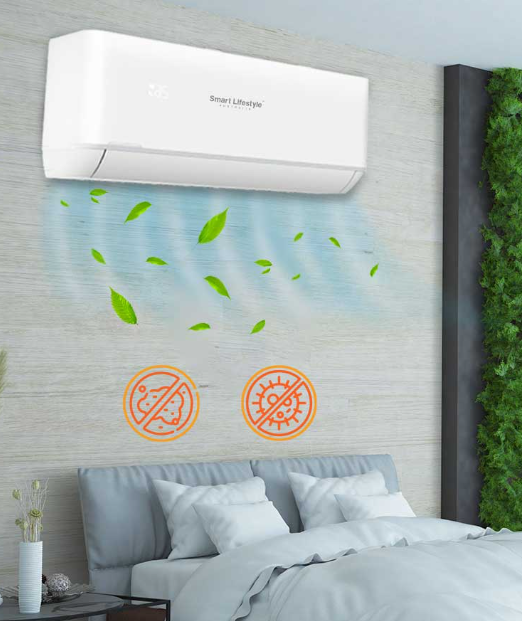
Air Conditioner
Energy-saving air conditioning systems utilize advanced technologies to provide efficient cooling while minimizing power consumption. These systems often incorporate features such as variable speed compressors, smart thermostats, and improved insulation to optimize energy efficiency. By regulating cooling output based on actual needs and enhancing overall performance, these air conditioners contribute to reduced energy bills and a smaller environmental footprint. Energy-saving air conditioning is a sustainable solution that balances comfort with responsible resource usage, making it an eco-friendly choice for both residential and commercial spaces.
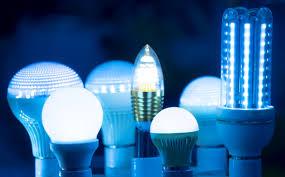
LED Lighting
Energy-saving LED lighting refers to lighting solutions that utilize Light Emitting Diode (LED) technology to provide illumination while significantly reducing energy consumption. LED lights are highly efficient, converting a large portion of electrical energy into visible light with minimal heat loss. These lights are long-lasting, often outlasting traditional incandescent and fluorescent bulbs, and they typically require less frequent replacements. Energy-saving LED lighting contributes to reduced electricity bills and environmental impact due to lower energy consumption and longer product lifespans. Additionally, LED lights are available in various color temperatures, enhancing their versatility for different lighting needs in residential, commercial, and industrial settings.
Apply Now
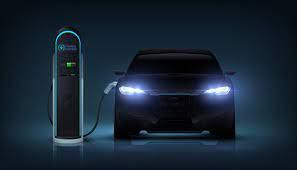
EV Charger
An energy-saving charger is a device designed to efficiently and responsibly charge electronic devices while minimizing power consumption. These chargers often incorporate smart charging technologies, such as automatic power-off when the device is fully charged or adaptive charging that adjusts to the device's power needs. By optimizing the charging process and avoiding unnecessary energy use, these chargers contribute to reduced electricity consumption and lower energy bills. They are designed with a focus on sustainability, making them an eco-friendly choice for individuals seeking to minimize their environmental impact while charging smartphones, tablets, or other electronic gadgets.

Battery
Energy-saving battery storage involves the use of advanced battery technologies to efficiently store and manage electrical energy. These systems are designed to capture excess energy during periods of low demand or high renewable energy production, allowing it to be stored for later use during peak demand times. By strategically storing and releasing energy, these battery storage solutions help balance the electricity grid, enhance energy resilience, and reduce reliance on conventional power sources. Energy-saving battery storage plays a crucial role in promoting sustainability by optimizing the use of renewable energy and contributing to more efficient and reliable power distribution systems.
Apply Now